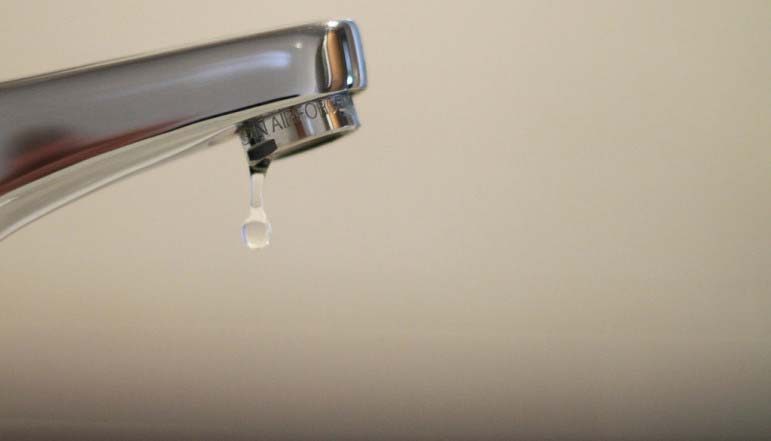
Reservoirs and desalination technology may lack the glamor and prestige of new World Cup stadiums, but the cost of quenching Qatar’s growing thirst appears to be outpacing spending on the country’s new football facilities.
This month, Qatar’s largest utility firms said they’ve awarded billions of dollars worth of contracts to construct new water desalination plants and storage tanks.
That includes QR17 billion (US$4.67 billion) on mega-reservoirs that state-backed Kahramaa calls the largest water storage expansion project in the country’s history.
To put the cost of the project in context, that’s more than four times the $1.03 billion that regional business publication MEED estimates is being spent to construct and expand Qatar’s first five World Cup stadiums.
With negligible surface and groundwater supplies, Qatar largely depends on desalination plants to produce water.

At the moment, the country is believed to only have a 48-hour supply of water, meaning a production interruption could quickly cause hardships for the country’s residents and businesses.
The mega-reservoir project aims to increase Qatar’s water security by extending that supply to one week.
The first phase of the project consists of two dozen reservoirs across five properties in Um Baraka, Um Salal, Rawdat Rashid, Abu Nakhla and Al-Thumama. The massive concrete reservoirs will have a total capacity of 2.3 billion gallons of water – the equivalent of nearly 4,182 Olympic-sized swimming pools.
Neither the names of the contractors or a construction timeline was mentioned by Kahramaa in a statement. Previous reports said the state-backed utility company wanted the facilities, which were to be topped with solar panels, completed by 2017.
Desalination
Meanwhile, authorities also awarded a $500 million contract to Japanese industrial firm Mitsubishi, which will build Qatar’s first reverse-osmosis water desalination plant.

Making seawater drinkable is typically an energy intensive process. One of the advantages of reverse-osmosis – which, in simple terms, involves applying pressure to force liquid through a membrane filter – is that it requires relatively less electricity than other forms of desalination.
According to the government, Qatar has three primary desalination plants – one in Ras Abu Fontas south of Doha and two in Ras Laffan – that use thermal technology, which involves heating water until it evaporates. The vapors are then cooled, resulting in purified water.
An additional thermal desalination plant is being constructed by Mitsubishi and Toyo Thai Corp. in Ras Abu Fontas and is scheduled to be completed this year.
The location of the reverse-osmosis facility was not mentioned. Construction is scheduled to be completed by the third quarter of 2016.
The capacity of each new desalination plants are estimated to be 36 million imperial gallons (160,000 cubic meters) a day.
According to monthly statistics released by the government, this means that the two new facilities would be jointly capable of producing slightly less than a quarter of Qatar’s current water production, which has jumped over the last year.
Consumption
Agriculture, industry and residential homes are all major water users in Qatar and contribute to the country being one of the largest per-capita water consumers on the planet.
Kahramaa officials said last year that Qatar consumes an average of 595 liters of water per resident, per day. That’s up from 430 liters a day that was reported in 2012.

Monthly figures released by Qatar’s Ministry of Development Planning and Statistics show that water production spiked in July last year and has risen significantly since the start of 2014.
The country produced 40.62 million cubic meters of water in January, up 29 percent from the same month a year earlier.
Local authorities have attempted to curb consumption through its Tarsheed public awareness campaigns as well as threats fines for wasteful usage of water and electricity.
There’s talk of increasing penalties, but few residents have been sanctioned under existing provisions that make it illegal to, for example, keep external lights on between 7am and 4pm or use running water from a hose on gardens or to wash cars.
Economists often note that high levels of energy subsidies in the Gulf and other regions mean that residents don’t have a financial incentive to reduce their power and water use.
Reducing those subsidies, however, is a politically sensitive issue. In Qatar, Kahramaa President Essa bin Hilal Al-Kuwari previously said that any adjustment in rates would have to come from the government, not officials at the utility.
Thoughts?







